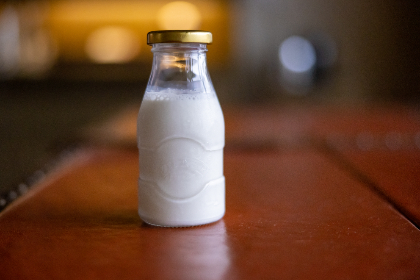Choosing the Right Wound Dressing: Foam, Hydrocolloid, and Alginate
Choosing the Right Wound Dressing: Foam, Hydrocolloid, and Alginate explores how the ability to pack alginate into deeper wounds ensures that all areas receive adequate moisture and support during the healing process alginate dressings may need to be changed more frequently than other types due to their high absorbency; therefore, monitoring exudate levels is crucial in managing patient care effectively ,another critical factor is the stage of healing there are several types of wound dressings available, each designed to cater to specific wound characteristics and healing stages they can easily adapt to the contours of the body, making them suitable for use on various anatomical locations, including joints and areas with complex shapes ,how to properly apply and remove hydrocolloid dressings,the application of hydrocolloid dressings involves similar preparatory steps as other types of dressings but requires particular attention due to their unique properties.
,How to Properly Apply and Remove Hydrocolloid Dressings,The application of hydrocolloid dressings involves similar preparatory steps as other types of dressings but requires particular attention due to their unique properties Alginate dressings may need to be changed more frequently than other types due to their high absorbency; therefore, monitoring exudate levels is crucial in managing patient care effectively There are several types of wound dressings available, each designed to cater to specific wound characteristics and healing stages They can easily adapt to the contours of the body, making them suitable for use on various anatomical locations, including joints and areas with complex shapes The ability to pack alginate into deeper wounds ensures that all areas receive adequate moisture and support during the healing process ,Another critical factor is the stage of healing. This gives readers a clearer perspective on choosing the right wound dressing: foam, hydrocolloid, and alginate.
Essentially, ,How to Properly Apply and Remove Hydrocolloid Dressings,The application of hydrocolloid dressings involves similar preparatory steps as other types of dressings but requires particular attention due to their unique properties The ability to pack alginate into deeper wounds ensures that all areas receive adequate moisture and support during the healing process Alginate dressings may need to be changed more frequently than other types due to their high absorbency; therefore, monitoring exudate levels is crucial in managing patient care effectively There are several types of wound dressings available, each designed to cater to specific wound characteristics and healing stages ,Another critical factor is the stage of healing They can easily adapt to the contours of the body, making them suitable for use on various anatomical locations, including joints and areas with complex shapes. It reflects how awareness supports better health outcomes.
Another viewpoint suggests They can easily adapt to the contours of the body, making them suitable for use on various anatomical locations, including joints and areas with complex shapes ,How to Properly Apply and Remove Hydrocolloid Dressings,The application of hydrocolloid dressings involves similar preparatory steps as other types of dressings but requires particular attention due to their unique properties Alginate dressings may need to be changed more frequently than other types due to their high absorbency; therefore, monitoring exudate levels is crucial in managing patient care effectively There are several types of wound dressings available, each designed to cater to specific wound characteristics and healing stages The ability to pack alginate into deeper wounds ensures that all areas receive adequate moisture and support during the healing process ,Another critical factor is the stage of healing. These thoughts emphasize the importance of understanding choosing the right wound dressing: foam, hydrocolloid, and alginate.
Ultimately, Alginate dressings may need to be changed more frequently than other types due to their high absorbency; therefore, monitoring exudate levels is crucial in managing patient care effectively There are several types of wound dressings available, each designed to cater to specific wound characteristics and healing stages They can easily adapt to the contours of the body, making them suitable for use on various anatomical locations, including joints and areas with complex shapes The ability to pack alginate into deeper wounds ensures that all areas receive adequate moisture and support during the healing process ,Another critical factor is the stage of healing ,How to Properly Apply and Remove Hydrocolloid Dressings,The application of hydrocolloid dressings involves similar preparatory steps as other types of dressings but requires particular attention due to their unique properties. Knowledge inspires healthier lifestyles and positive choices.


